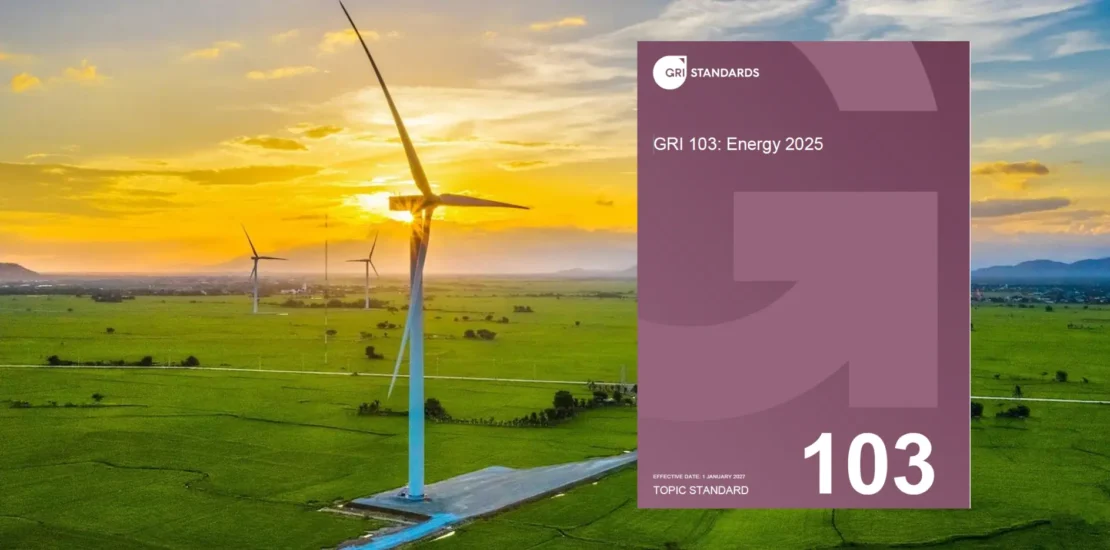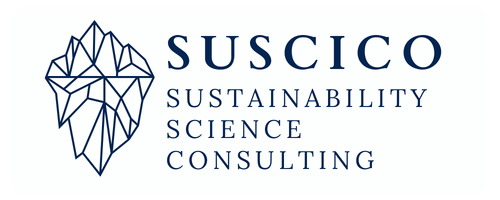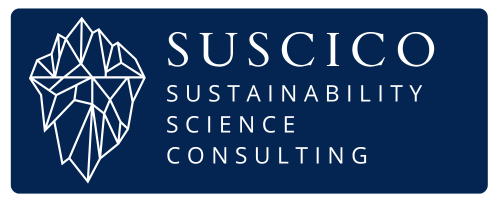Understanding the New GRI 103 Energy Standard
- 28/06/2025
- Posted by: Ildar Usmanov
- Category: ESG Reports

The New GRI 103 Energy Standard marks a significant evolution in energy-related ESG disclosures. Effective from 1 January 2027, it reflects an enhanced understanding of energy impacts on climate change. This article provides a detailed comparison with its predecessor, GRI 302: Energy 2016, highlighting changes crucial for Malaysian SMEs preparing for updated reporting requirements.
Rationale and Global Alignment of the New GRI 103 Energy Standard
GRI 103 emphasizes urgent global commitments to mitigate climate change, aligning closely with the Paris Agreement goals. It stresses rapid and deep reductions in energy-related greenhouse gas (GHG) emissions by 2050, consistent with IPCC recommendations. Organizations must transition to renewable energy, electrify end-use sectors, and phase out fossil fuels.
The standard encourages setting explicit GHG emissions reduction targets annually, aligning closely with global frameworks and best practices. It also provides mechanisms for alignment with related disclosures, such as the GRI 102 Climate Change Standard, enhancing integrated ESG reporting.
Transparency and Impact Measurement in the New GRI 103 Energy Standard
Transparency requirements have substantially increased under the New GRI 103 Energy Standard. Organizations must provide detailed energy consumption breakdowns by activity and explicitly disclose contractual instruments, such as Renewable Electricity Certificates (RECs). Quality criteria for these instruments ensure consistent, accurate reporting.
Moreover, detailed impact measurements are now mandatory. Organizations must describe how their energy consumption and transition to renewables affect the economy, environment, and local communities. Both positive and negative impacts must be transparently disclosed, reflecting holistic sustainability considerations.
Key Performance Indicators and Reporting Enhancements
The New GRI 103 Energy Standard introduces comprehensive performance indicators. Companies must set and disclose short-, medium-, and long-term targets for energy consumption reduction and renewable energy transitions. These targets must explicitly align with the global 1.5°C warming limit.
Furthermore, more granular energy intensity metrics are required. Companies must specify clearly the numerator, denominator, and scope of energy consumption included, facilitating comparability and transparency in reporting.
Disclosure-by-Disclosure Comparison: GRI 302 vs. GRI 103
Enhanced Topic Management Disclosure
Unlike GRI 302, the New GRI 103 Energy Standard requires organizations to detail energy policies explicitly. These disclosures must outline how policies contribute to energy reduction, efficiency, and renewable transitions, integrating stakeholder engagement and global climate alignment.
Energy Consumption Within the Organization
GRI 103 expands significantly upon GRI 302 requirements. It mandates more detailed breakdowns by activity type and explicitly requires reporting on contractual instruments for purchased electricity, ensuring adherence to stringent quality criteria.
Energy Consumption Outside the Organization
The new standard focuses explicitly on significant upstream and downstream energy consumption. Companies must identify and report consumption based on clear criteria, differentiating renewable and non-renewable energy. The standard allows estimation but requires transparency on the estimated data’s percentage.
Revised Energy Intensity Disclosure
GRI 103 clarifies and refines energy intensity reporting, ensuring consistent definitions of the numerator (energy consumption) and denominator (company-specific metrics). This facilitates clearer and more comparable reporting across organizations.
Comprehensive Energy Consumption Reduction Reporting
Organizations must differentiate between reductions achieved by conservation initiatives and those influenced by other factors like production changes. This nuanced reporting provides stakeholders with accurate insights into genuine efficiency improvements versus external influences.
Product and Service Energy Reduction Integration
The previous standalone disclosure on product/service energy reductions is now integrated as recommended guidance. Organizations with significant product-use energy impacts can report this within broader energy reduction disclosures, enhancing flexibility without sacrificing transparency.

Strategic and Operational Implications for Malaysian SMEs
Implementing the New GRI 103 Energy Standard requires robust internal coordination among operations, procurement, finance, and sustainability teams. SMEs must upgrade data collection systems to capture detailed energy consumption data and quality criteria for contractual instruments.
Cross-departmental collaboration is essential, particularly for addressing the just transition elements—impacts on workforce and communities. SMEs will likely require targeted capacity building, potentially leveraging external sustainability consulting support, to meet these comprehensive reporting expectations effectively.
Preparing for Compliance: Recommendations for SMEs
Malaysian SMEs should proactively:
- Strengthen internal systems for detailed energy data collection.
- Engage key departments early to ensure compliance with granular reporting requirements.
- Establish clear energy policies and targets aligning with the global 1.5°C goal.
- Leverage external sustainability expertise when necessary to bridge capacity gaps.
For additional guidance:
Conclusion: Embracing the New GRI 103 Energy Standard
The New GRI 103 Energy Standard represents a pivotal advancement for transparent and impactful energy reporting. For Malaysian SMEs, embracing this standard is not merely compliance but an opportunity to demonstrate leadership in sustainable energy management. Early adoption positions companies strategically in a rapidly evolving global sustainability landscape.
SuSciCo helps SMEs in implementing Sustainability Practices
At SuSciCo, we help companies implement a Customer-Centric Sustainability approach by integrating ESG principles into their strategies. Our services include GHG management, sustainability reporting (GRI, IFRS, Bursa Malaysia), supply chain optimization, and ISO 14001 EMS development. We offer PCF and LCA assessments, sustainable procurement strategies, and waste management solutions to align products and operations with customer expectations. Through tailored ESG training and stakeholder engagement, we empower businesses to reduce environmental impacts, foster innovation, and build trust for sustainable growth.



